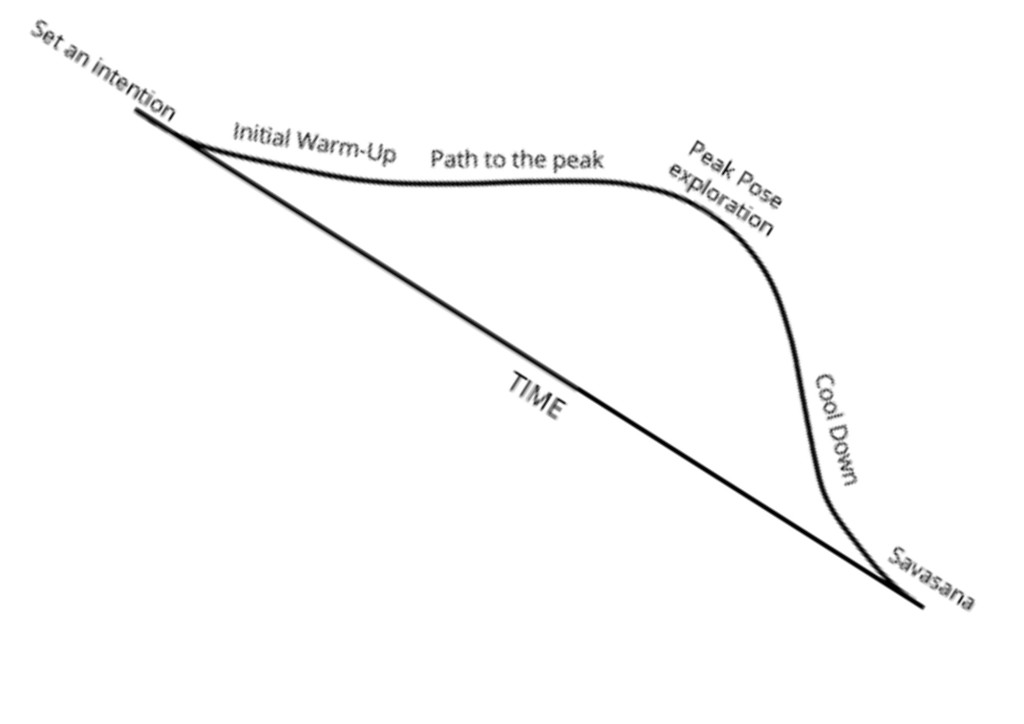Aerial yoga infuses a new dimension into your yoga practice by incorporating a suspended swing.
Adapting a traditional yoga class to this modality opens up fun and exciting opportunities for exploration.
The concept and structure are the same as traditional yoga.
For example, in a vinyasa class, we prepare the peak pose and the asanas that prepare us for that moment.
In the aerial yoga class we will do the same. First we explore the possibilities of performing the peak pose on the swing. Once we have chosen the option that best reflects what we want to share, we break it down.
By breaking down the peak pose we will know what we need to strengthen and lengthen so we can choose the previous asanas in the sequence.
50hs Aerial Yoga Teacher Training
Certified by Yoga Alliance
Explore asanas on the swing
For example, Ashta Chandrasana or Viparita Virabhadrasana II can be converted into a suspended variant. This will help us focus on alignment and balance, without feeling like we are holding the pose with all the weight on our legs.
Take advantage of Freedom of Movement:
In Ustrasana by having the swing as support for the scapulae, we can enter the posture with a fluid movement.
The swing helps us extend the spine and avoid the fear of lower back pain.
Encourages students to explore new dimensions in their poses:
The suspension offers a sensation of weightlessness that in some cases can allow greater opening and extension.
The practice of aerial yoga complements very well with practice on the mat. Both nourish each other.
To sequence an aerial yoga class...
Remember that safety is essential when adapting positions to the swing.
Students should be given clear instructions on how to use the swing safely.
And thus adapt the postures appropriately to avoid injuries.
This practice can be a transformative experience, providing a unique feeling of openness and freedom that can then be carried over to the mat.



